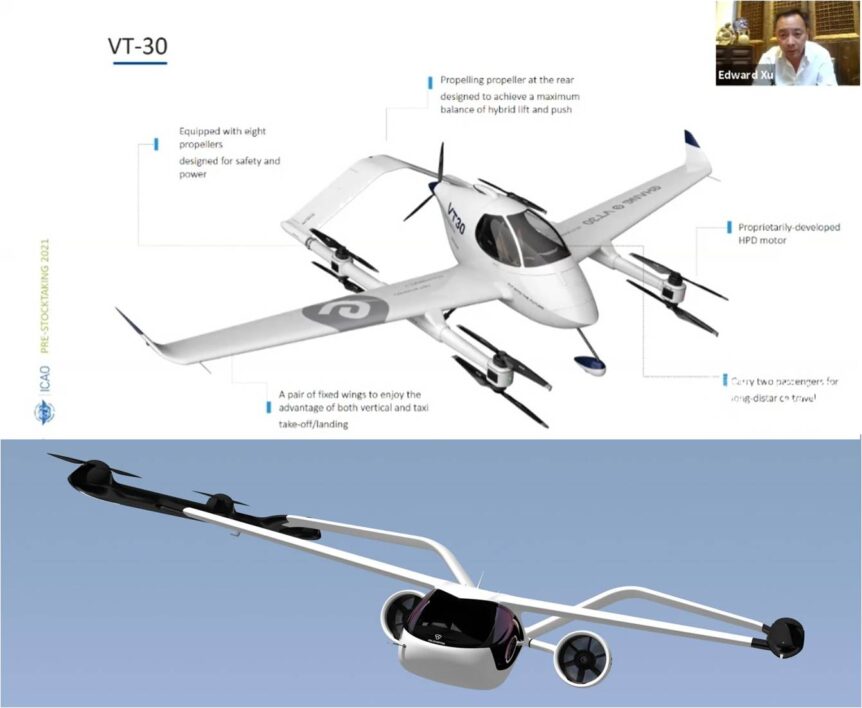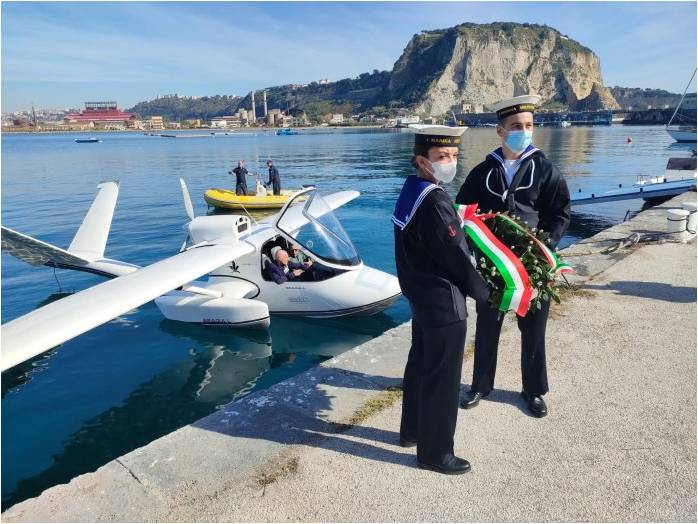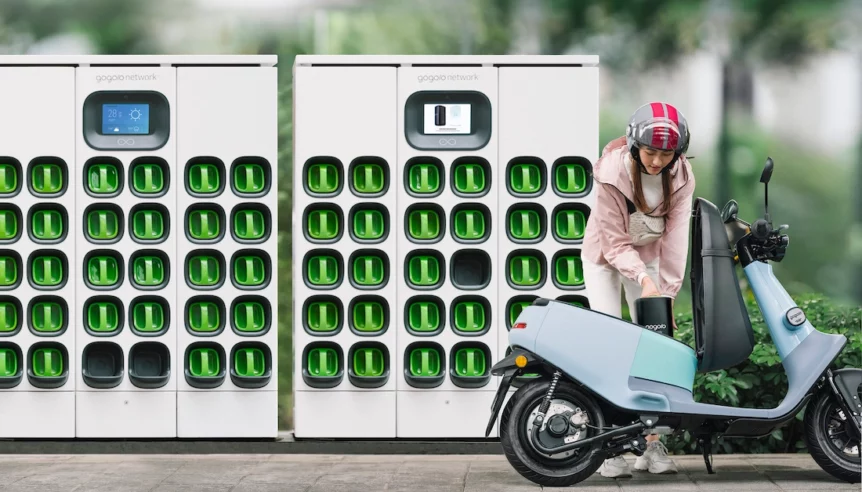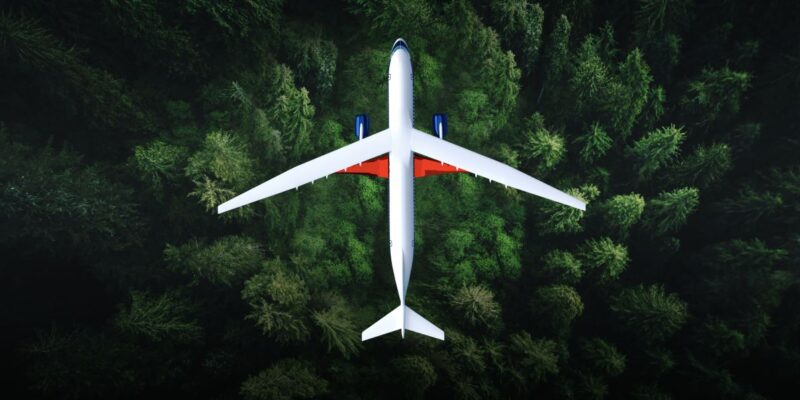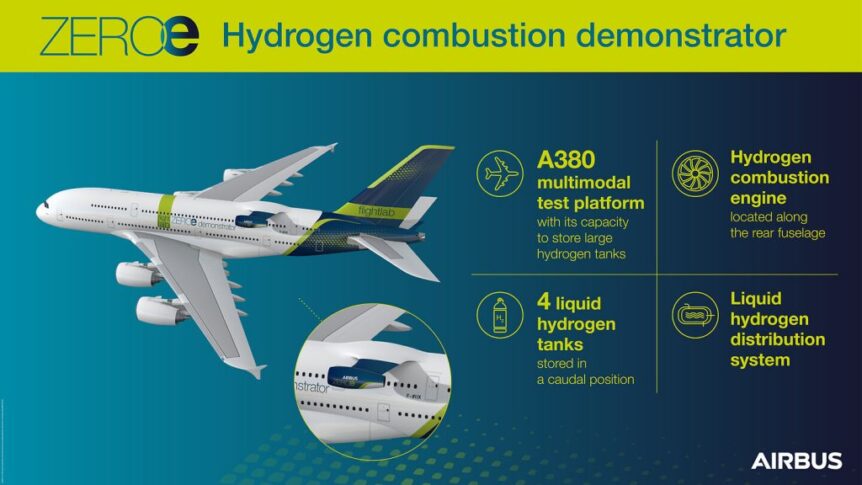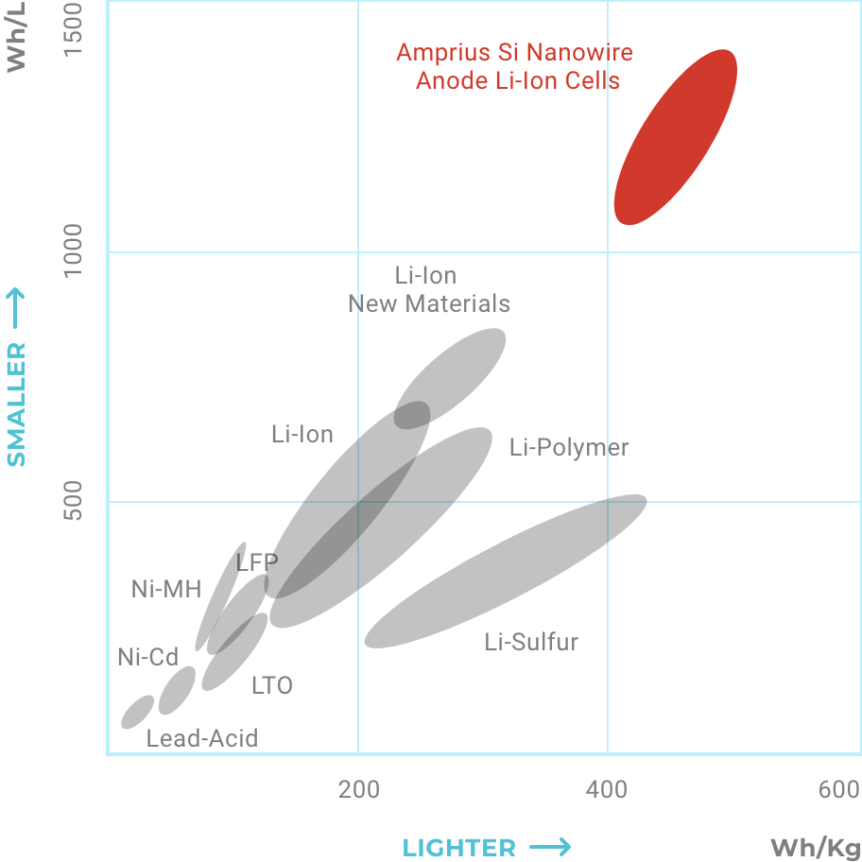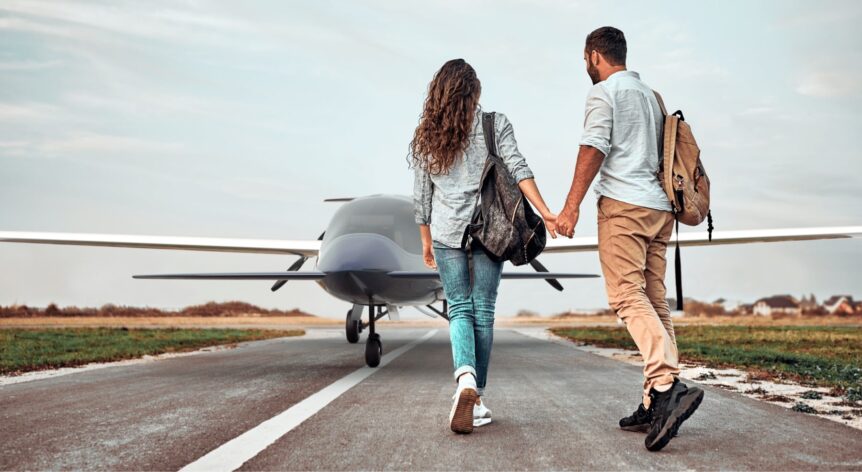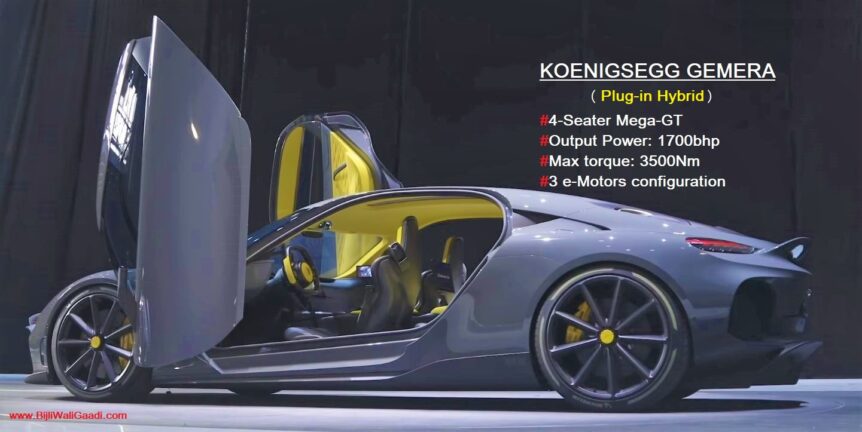eHang and Volocopter are growing wings on their eVTOL (electric Vertical Take Off and Landing) craft. It’s a demonstrable fact that fixed wing aircraft usually have great range and endurance than rotary wing aircraft. What if we combine the best of multicopter utility and fixed wing range? Electric multicopters are usually short-range vehicles that have a possible future in urban skies (although Joby has demonstrated over 150 mile flights). The requirement that they lift off from buildings or constrained areas contributes to their short range. Hauling all those batteries and passengers is a near-full power exercise every time, with reserve power enabling climbs to low-altitude city crossings. Proposed longer-range sky taxis from two makers are sprouting wings. eHang and Volocopter both have new craft that will allow greater speed and range. eHang eHang has succeeded in flying everyone from its board of directors to thousands of willing participants in very public fashion. This shows a willingness to display its technology …
An Italian Hybrid Seagull
An Italian trimaran light seaplane has many interesting features. From its hybrid power system to its unique patented folding wings, the Novotech Seagull showcases innovation. Professor Leonardo Lecce has taught aeronautical structures and aerospace construction and maintenance practices at the Federico II University in Naples. Why the choice to limit the craft to marine operations only? La Republic explains Seagull “allows two people to fly from any coastal location to another, doing without hydroscales and hydroports now non-existent, thanks to a revolutionary technology already patented, of an automated system folding of the wings that allows once moored (landing at sea), to reach and dock in any quay or dock. But also to bring this aircraft ashore in the garages as a small boat or, for the ‘pieds dans l’eau’ (‘feet in the water’) hotels or for the lucky ones who have a villa with access to the sea or the lake, to park it in your garden.” The 650-to-700 kilogram …
Textron Acquires Pipistrel: A Good Thing?
Textron acquires Pipistrel – just another merger? An age-old cartoon shows ever-bigger fish gobbling up smaller fish, a kind of allegory for capitalist, competitive markets, perhaps. In the electric flight world, this acquisitive spirit is exemplified by the news that Textron, “home to Cessna, Beechcraft, and Bell aviation brands,” is purchasing the smaller Slovenian firm Pipistel. Pipistrel has grown from humble origins producing powered hang gliders to its current status as a major supplier of small training aircraft, electric motor gliders and trainers and cargo vehicles. What might be great joy for Ivo Boscarol, founder and CEO of Pipistrel, comes with varying degrees of happiness and concern for others. Boscarol will remain as Chairman Emeritus and minority stockholder for the next two years and has these encouraging words for Pipistrel’s future. “To drive Pipistrel’s ambitious goals and to continue its story of success, the joining of Textron and Pipistrel provides deep expertise and resources which would otherwise be inaccessible to …
Gogoro Goes Solid State
Gogoro, a Taiwan-based scooter and battery system, has added solid state chemistry to its swappable batteries. This increases the stored energy in each 9 kilogram (19.8 pound) pack from 1.7 kilowatt-hours of the current liquid electrolyte to 2.5 kWhr. These packs are light enough for a small woman to handle, as shown in Gogoro’s promotional videos. Growing GoStations Swapping batteries on Gogoro’s own scooters is quick and convenient, with over “10,000 battery-swapping GoStations at over 2,300 locations,” by the firm’s own count. They serve over 450,000 riders with over 340,000 daily swaps. Powering 95-percent of all electric two-wheel scooters on the island nation, they’ve “hosted” more than 260,000,000 total battery swaps to date. Gogoro boasts their “Network subscribers have swapped over 140 million Smart Batteries without incident since 2015.” The number of GoStations is close to exceeding the number of gas stations on Taiwan. A joint development between Gogoro and Prologium, the new solid-state batteries fit the existing modules in …
Wright Electric’s 8-Year Plan
Jeffrey Engler has headed up Wright Electric for the last decade, working to provide efficient motors, inverters and overall power systems for airliners. Now, his firm is working to develop those airliners. From a startup in 2016, looking for a single-engine light aircraft to convert to hybrid power, Jeffrey has grown Wright to a recognized force in future flight. Presenting a mission statement and schedule for the next eight years, Wright has ambitious, but reasonable plans. Currently, Wright is testing a two megawatt motor and inverter, “Collaborating with NASA, U.S. Department of Energy, and U.S. Department of Defense.” Testing will continue through 2023. The firm predicts it will be flying its Wright Spirit between the busiest “city-pairs” in the world by 2026. The Spirit, a BAe 146 converted to electric power, will connect paired destination such as, “Seoul-Jeju, London-Paris, Rio de Janeiro-São Paulo, and San Francisco-Los Angeles.” “Wright’s goal is to make all single-aisle flights shorter than 800 miles zero-emissions,” …
Pratt & Whitney HySIITE Hydrogen and Steam Engine
A (Partially) Steam Engine in the Sky? Pratt & Whitney announces that it, “Has been selected by the U.S. Department of Energy (DoE) to develop novel, high-efficiency hydrogen-fueled propulsion technology for commercial aviation, as part of DoE’s Advanced Research Projects Agency-Energy (ARPA-E).” Their press release continues, “The Hydrogen Steam Injected, Inter‐Cooled Turbine Engine (HySIITE) project will use liquid hydrogen combustion and water vapor recovery to achieve zero in-flight CO2 emissions, while reducing nitrogen-oxide (NOx) emissions by up to 80 percent and reducing fuel consumption by up to 35 percent for next generation single-aisle aircraft.” P&W claims their HySIITE engine’s steam injection will “dramatically reduce” nitrogen oxide emissions, a greenhouse gas. “The semi-closed system architecture is claimed to have thermal efficiency “greater than fuel cells,” and have lower operating costs compared to “drop-in” sustainable aviation fuels (SAF). Steam Aircraft Engines Are Not New The Besler Brothers of Oakland, California demonstrated a Travel Air 2000 biplane powered by their steam engine. The …
Airbus and CFM: Flying on Hydrogen Power by 2035
Airbus and engine maker CFM International have signed a partnership agreement on a hydrogen demonstration program that could see commercial flights by 2035. CFM is a 50/50 joint company between GE and Safran Aircraft Engines. The team announced its intentions in an hour-long introduction on February 22, with members from the companies explaining the goals of the project. A view of what they intend to do with Airbus 380 serial number one gives a view inside the cavernous craft. As pointed out in a Green Car Congress article, the main objective is to develop and flight test a direct combustion engine fueled by liquid hydrogen. The Biggest Test Bed ZeroAvia seeks to get a 20-passenger liner in flight by 2024 and scale up to a 200-seat craft with 3,000 mile range by 2035. Jeff Engler’s Wright Electric is working on a BAe 146 with short-range aspirations for its 100-passenger, hydrogen fuel cell or aluminum cell-powered airplane by 2026. (We will …
Amprius Ships 450 Watt-hour per Kilogram Batteries
Your editor’s first outing at an electric aircraft symposium was in 2009. At that meeting, Dr. Yi Cui, Stanford professor and battery expert, talked about silicon and its energy density being so much greater than that for graphite. He predicted huge advances for battery chemistry – and now he’s delivering. His firm, Amprius, is shipping 450 Watt-hour per kilogram batteries. Unlike many such companies, Amprius is not projecting these numbers several years out, but delivering now. According to their February 8 press release, Amprius sent its first batch of the energy-dense cells, “…To an industry leader of a new generation of High-Altitude Pseudo Satellites (HAPS).” Your editor guesses that leader is Zephyr, acquired by Airbus and setting endurance records on solar and battery power since its introduction in 2017. One reached 76,100 feet in a 2021 campaign, spending over 36 days (in two flights) at stratospheric heights and equaling the sailplane altitude record set by the Perlan Project in 2018. …
Electron’s 2024 Round the World Plans
Teofilo Leite has been refining a beautiful twin-motor glider for the last decade. Apparently he’s moving on to a five-seat, four-motor, dual-propeller beauty that is set to take on the world. The Electron 5 looks a great deal like a larger Electron 2, which has been flying in various configurations for the last decade. Electron Aviation, with representatives in The Netherlands and Australia states, “Our Electron 2, a two-seater battery-electric aircraft (Teofilo’s earlier design), is the flying proof that our energy efficient aircraft designs deliver outstanding performance. Whilst being well within inside the 600-kilogram (1,320 pound) ultralight microlight [regulations], it achieves 3 hours flying time during which it can cover 300 kilometers (186 miles).” Electron 2 flies its pilot and passenger on 7.5 kilowatt hours per hour of flight. Its three-hour endurance would mean a battery of at least 22.5 kilowatt-hours. Continued improvement to the Electron 2 required “30,000 design and engineering hours and several re-designs.” The latest iteration “has …
Koenigsegg’sTorque-Dense Electric Motor and Hybrid Drive Train
Koenigsegg (Cone-igs-egg), a Swedish car maker that enjoys shocking with its sticker prices, is going hybrid with a new, torque-dense electric motor and hybrid drive train. The Swedish car maker is known for its ultra-exclusive, ultra-high-performance vehicles, which have even undone the Stig, anonymous race driver on the BBC Series Top Gear. David Koenigsegg’s Gemera manages as much as 250 mph on a two-liter, three-cylinder engine, augmented by a set of three electric motors. Describing him as, “an inveterate tinkerer” who squeezes “extraordinary amounts of power out of internal combustion engines,” Clean Technica explains the “breakthrough products that could transform the world of electric cars.” One “breakthrough” would seem to be a package of a three-cylinder engine coupled to some powerful electric components. The “Tiny Friendly Giant (TFG) engine pumps out 600 horsepower (450 kilowatts) and weighs only 70 kilograms (154 pounds). It has no camshafts, relying instead on solenoid-actuated, artificial-intelligence-controlled valves to let the fuel and air in and …

